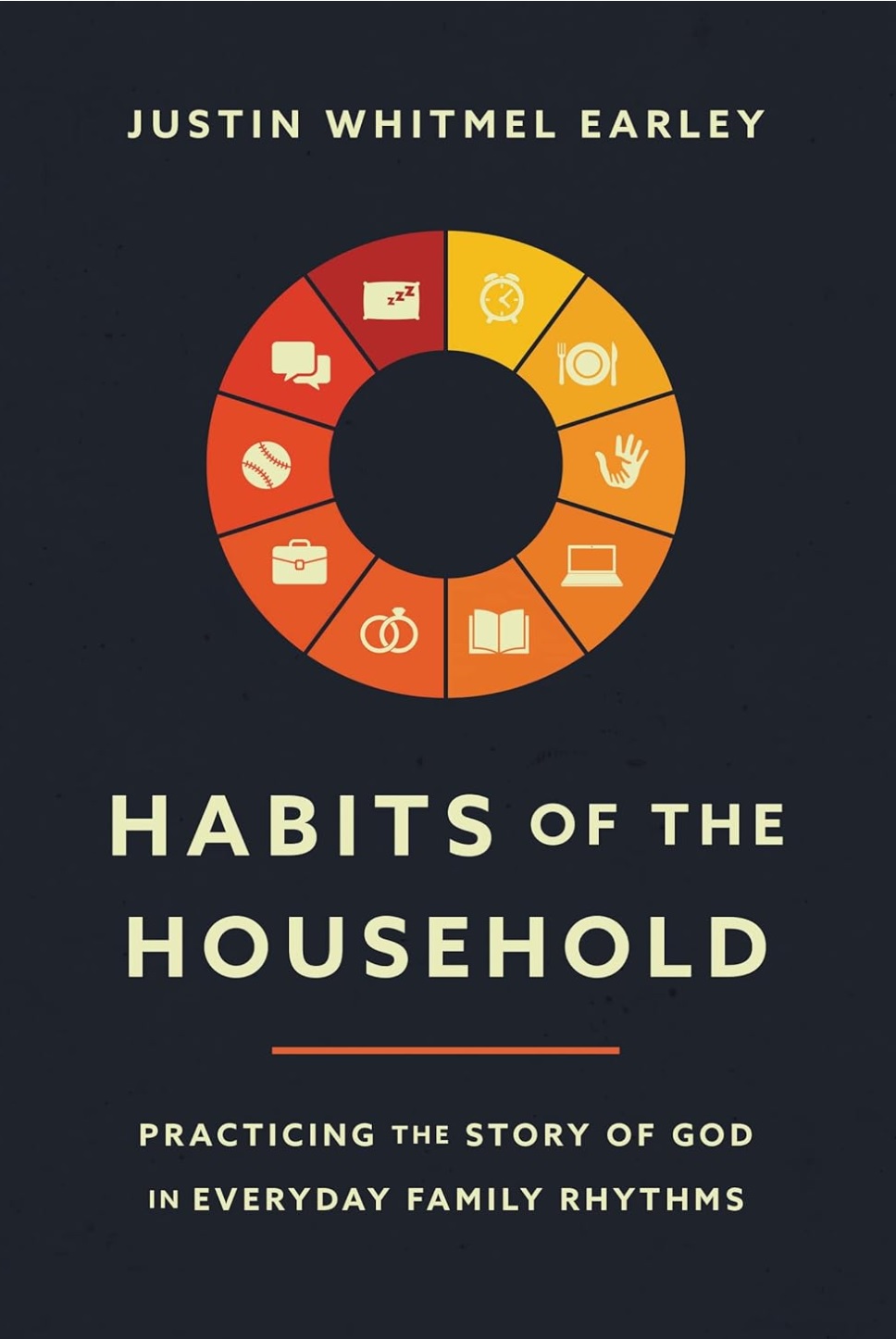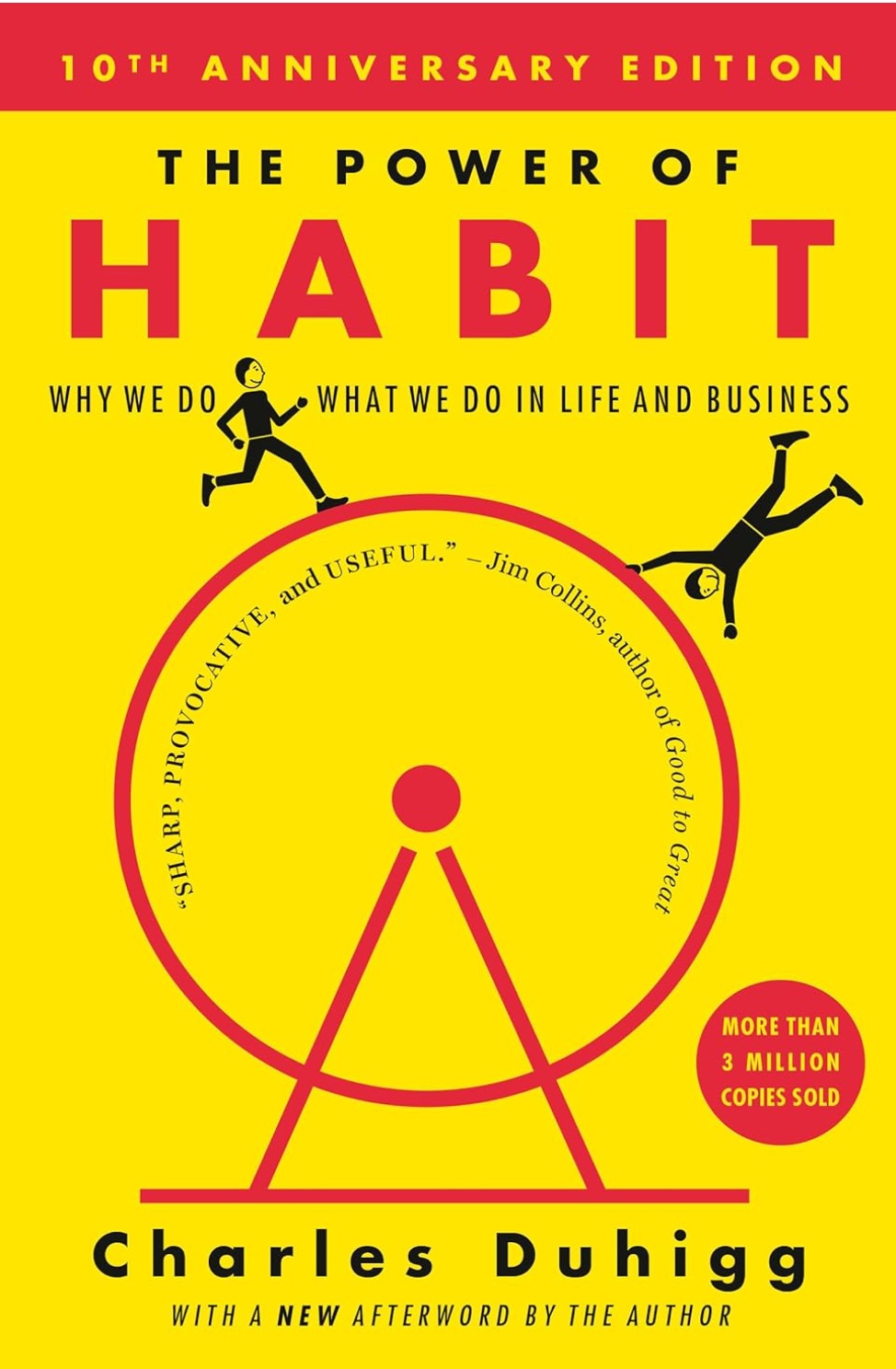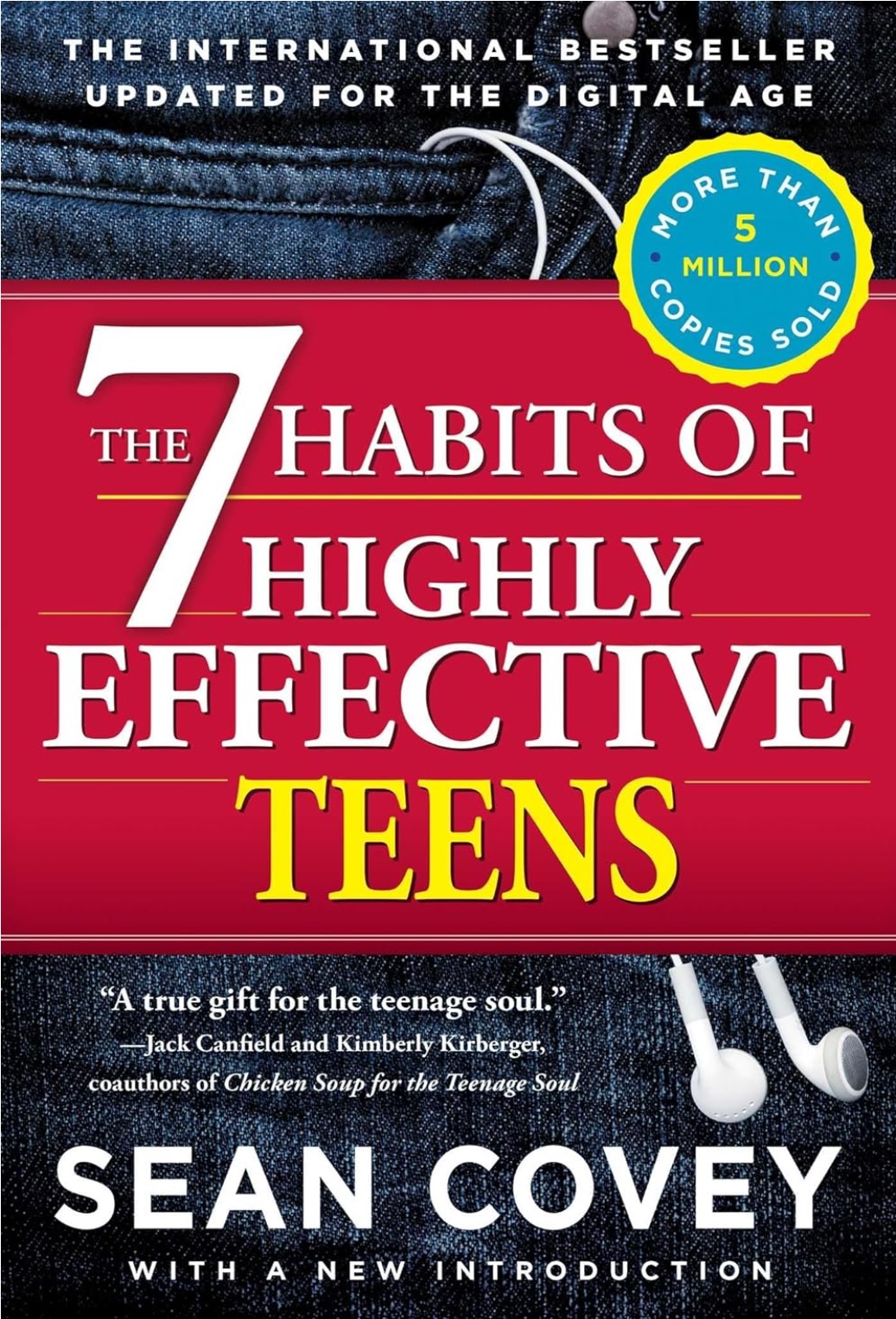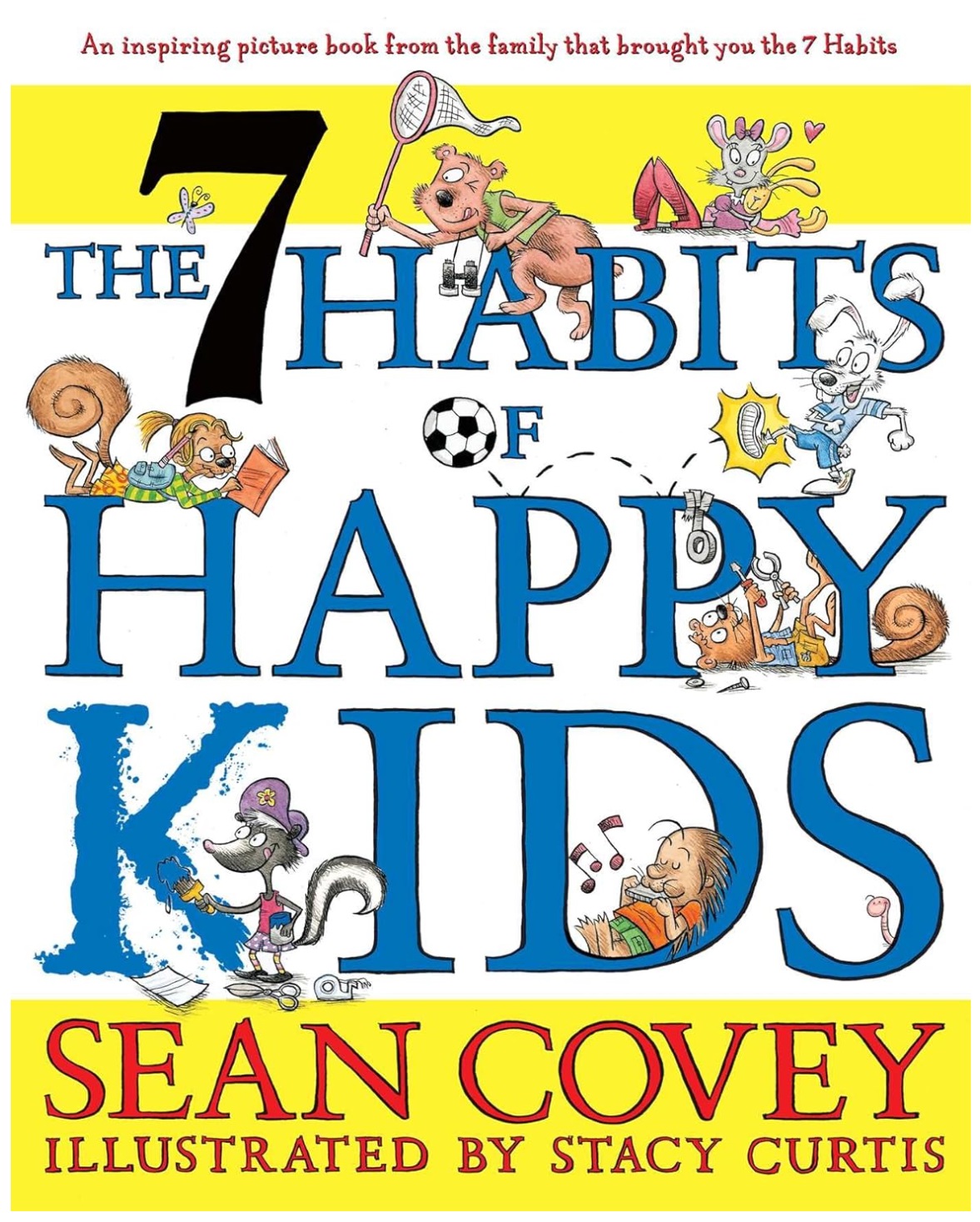Burnout: The Secret to Unlocking the Stress Cycle by Emily and Amelia Nagoski offers a compassionate, science-backed guide to understanding and overcoming burnout.
Focusing on the unique challenges women face, the authors provide practical strategies to complete the stress cycle, build resilience, and find joy. Through relatable anecdotes and actionable advice, this book empowers readers to prioritize their well-being and embrace their authentic selves.
It’s an essential read for anyone seeking to navigate stress and live a more balanced, fulfilling life.
Table of Contents
ToggleBook Overview
Burnout: The Secret to Unlocking the Stress Cycle by Emily and Amelia Nagoski is like a lifeline tossed to anyone who feels like they’re constantly treading water, emotionally and physically. The book is specifically written with women in mind, those who are expected to be everything to everyone and who are often praised for their selflessness, even as it leads them toward exhaustion. But let’s be honest: the message here is universal. Stress doesn’t discriminate, and burnout is real.
What makes this book stand out is that it doesn’t just focus on eliminating stressors (which, frankly, isn’t always possible). Instead, it offers tools to complete the stress cycle, the biological process your body needs to go through to signal safety and calm. That piece alone was eye-opening to me. I had never thought of stress as something physical my body had to “finish,” but once I did, so much of my fatigue made sense.
The book is broken into three parts: “What You Take With You,” “The Real Enemy,” and “Wax On, Wax Off.” It blends science, sisterly storytelling, and deeply validating truths. You’ll read it and feel both seen and equipped. It doesn’t shame you for being burned out. Instead, it lovingly explains why it’s happening and what you can do about it. This is the kind of book you’ll underline, highlight, and want to hand to every woman in your life.
Key Ideas and Takeaways
One of the central ideas in Burnout is that we often deal with stressors (deadlines, conflicts, life’s chaos) but fail to complete the stress cycle. And that’s a problem. Our bodies still hold onto all that tension, waiting for a signal that says, “You’re safe now.” The solution? Move your body, connect with people, laugh, cry, breathe deeply. It sounds simple, right? But the effect is powerful. I personally started doing short walks after stressful work sessions, and it has helped me feel like I can exhale again—like I’m actually telling my body, “You made it.”
Another huge takeaway is the concept of “Human Giver Syndrome.” This one hit hard. The idea is that women are socially conditioned to be “givers”, of energy, love, beauty, time, and emotional labor. The book shines a bright light on how this imbalance contributes to burnout and then gives us permission to push back. To rest. To say no. To be “enough” without giving until we collapse.
The sisters also emphasize the importance of connection, not just with others, but with yourself. They talk about the power of completing the cycle through positive social interactions, self-expression, and creativity. What I love is that they don’t just give you dry advice. They give you compassionate tools and rituals you can start using right away, like breathing exercises, loving-kindness meditations, and even shaking it out (yes, like a dance party in your kitchen).
Ultimately, Burnout is about reclaiming your body, your time, and your joy. It reminds you that you don’t need to be fixed, you just need to be understood. And it reminds you that recovery isn’t a luxury, it’s a right. This book doesn’t just inform; it heals.
Detailed Book Summary
Part I: What You Take With You
Chapter 1: Complete the Cycle
Have you ever felt like you’re constantly under pressure, even when the immediate stressors are gone? The Nagoski sisters introduce the concept of the “stress cycle,” explaining that stress is a physiological process that needs to be completed, not just mentally acknowledged. It’s like your body is stuck in a loop, waiting for a signal that it’s safe to relax.
They emphasize that dealing with the stressor (like finishing a work project) doesn’t necessarily resolve the stress itself. To truly alleviate stress, we need to engage in activities that signal to our bodies that the threat has passed. This could be physical activity, deep breathing, or even a hearty laugh. I found it enlightening to realize that my body needs a clear “all clear” signal to move on from stress.
The chapter also discusses the importance of recognizing and completing the stress cycle regularly. Ignoring it can lead to chronic stress and, eventually, burnout. It’s a compelling reminder that self-care isn’t just about pampering; it’s about giving our bodies the tools they need to process stress effectively.
Chapter 2: #Persist
Persistence is often hailed as a virtue, but the Nagoski sisters delve into its complexities. They discuss how societal expectations, especially for women, can turn persistence into a double-edged sword. We’re encouraged to keep going, to be resilient, but at what cost?
The chapter explores the concept of “Human Giver Syndrome,” where women are expected to be perpetually selfless, prioritizing others’ needs over their own. This relentless giving can lead to emotional exhaustion. I resonated with the idea that sometimes, saying “no” is an act of self-preservation, not selfishness.
They also highlight the importance of recognizing our limits and understanding that rest is not a reward but a necessity. It’s a powerful message that challenges the glorification of overwork and encourages us to redefine what it means to be persistent.
Chapter 3: Meaning
Finding meaning in our lives can be a buffer against burnout. The Nagoski sisters argue that when we engage in activities that align with our values and passions, we’re more resilient to stress. It’s not about grand gestures but about everyday actions that bring us joy and fulfillment.
They suggest that meaning can be found in various aspects of life, from relationships to hobbies to work. The key is to identify what matters most to us personally. For me, this chapter was a gentle nudge to reflect on what truly brings me satisfaction and to prioritize those elements in my daily routine.
The authors also caution against societal definitions of success and happiness, urging readers to define these concepts for themselves. It’s an empowering perspective that encourages authenticity and self-awareness.
Part II: The Real Enemy
Chapter 4: The Game Is Rigged
This chapter delves into the systemic issues that contribute to burnout, particularly for women. The Nagoski sisters discuss how societal structures and expectations create an environment where burnout is almost inevitable. It’s not just about personal shortcomings but about navigating a system that’s stacked against you.
They highlight how factors like workplace discrimination, unequal domestic responsibilities, and unrealistic beauty standards place additional burdens on women. Recognizing these systemic issues is the first step toward addressing them. I found this chapter validating, as it acknowledged that burnout isn’t solely a personal failure but often a response to external pressures.
The authors encourage readers to advocate for change, both in their personal lives and in broader societal contexts. It’s a call to action that combines personal empowerment with collective responsibility.
Chapter 5: The Bikini Industrial Complex
In this provocatively titled chapter, the authors tackle the pervasive issue of body image and its impact on women’s mental health. They argue that the “Bikini Industrial Complex”—a term they use to describe the diet and beauty industries—profits from women’s insecurities, perpetuating unattainable standards.
The chapter discusses how constant exposure to idealized body images can lead to chronic dissatisfaction and stress. It’s a sobering reminder of how societal pressures infiltrate our self-perception. I appreciated the authors’ candid discussion and their emphasis on self-compassion and body neutrality.
They advocate for shifting the focus from appearance to functionality and well-being. It’s about appreciating our bodies for what they can do rather than how they look, a perspective that fosters a healthier relationship with ourselves.
Part III: Wax On, Wax Off
Chapter 6: Connect
Human connection is a powerful antidote to stress. The Nagoski sisters emphasize the importance of nurturing relationships and building a support network. They explain how positive social interactions can help complete the stress cycle and provide emotional resilience.
The chapter offers practical advice on fostering meaningful connections, such as engaging in shared activities, expressing appreciation, and practicing active listening. I was reminded of the rejuvenating effect of a heartfelt conversation with a friend or a shared laugh with a loved one.
They also discuss the role of community in combating burnout, highlighting that we’re not meant to navigate life’s challenges alone. Building and maintaining connections is not just beneficial—it’s essential.
Chapter 7: What Makes You Stronger
This chapter explores the concept of resilience and how we can cultivate it. The authors discuss how facing challenges and recovering from them can build our capacity to handle future stressors. It’s about bouncing back, not just enduring.
They introduce strategies for building resilience, such as developing a growth mindset, practicing self-compassion, and embracing vulnerability. I found their approach encouraging, as it framed resilience as a skill that can be developed rather than an innate trait.
The chapter also touches on the importance of acknowledging and processing emotions, rather than suppressing them. It’s a reminder that strength comes from authenticity and self-awareness.
Chapter 8: Grow Mighty
In the final chapter, the Nagoski sisters encourage readers to embrace their power and agency. They discuss how personal growth and empowerment are integral to preventing burnout. It’s about recognizing our worth and asserting our needs.
They advocate for setting boundaries, pursuing passions, and challenging societal norms that limit us. This chapter felt like a rallying cry to live boldly and authentically. It inspired me to reflect on areas in my life where I can assert myself more confidently.
The authors conclude by emphasizing that while the journey to overcoming burnout is personal, it’s also collective. By supporting each other and challenging systemic issues, we can create a more compassionate and sustainable world.
Conclusion: Joyfully Ever After
The Nagoski sisters wrap up the book by reinforcing the importance of joy and self-compassion in our lives. They remind us that wellness isn’t about perfection but about embracing our humanity with kindness and understanding.
They encourage readers to celebrate small victories, find pleasure in everyday moments, and prioritize joy as a form of resistance against burnout. It’s a heartening conclusion that leaves readers with a sense of hope and empowerment.
My Impressions
Reading Burnout felt like sitting down with two wise, funny, and empathetic sisters who just get it. You know those books where you underline every other sentence because it feels like someone is finally putting words to what you’ve been feeling? That was this book for me. Emily and Amelia Nagoski managed to blend neuroscience, compassion, and real-life sisterhood into a deeply validating and encouraging read.
One of the biggest takeaways for me was how they reframed the idea of stress. It’s not about removing stress entirely, because that’s not realistic. It’s about moving through it. That shift alone helped me stop feeling like a failure every time I felt anxious or overwhelmed. Instead, I started asking, “Have I completed the cycle yet?”
I also appreciated the gentle humor and realness throughout. They’re not offering toxic positivity or quick fixes. They’re acknowledging that the world is hard, especially for women, and giving us a toolkit to stay strong, whole, and joyful anyway. The tone of the book mirrors the message, it’s supportive, kind, and deeply honest.
Best Quotes and Passages
There are so many quotable lines in Burnout, but one that really stayed with me is: “You are not here to be a human giver. You are here to be a human being.” That line hit me like a lightning bolt. It gave me permission to stop trying to earn rest and instead see it as something I already deserve.
Another gem? “Wellness is not a state of being, but a state of action.” This helped me reframe self-care as something active and intentional, not something you wait to deserve or feel guilty about.
And perhaps my favorite section was their metaphor of the “stress cycle” as something you need to complete, not something that just disappears on its own. That concept is so simple yet profound, and it changed how I approach my day-to-day stressors. Now when I feel wound up, I know I can actually do something to let it go.
Gaps or Unexplored Areas
While the book is powerful and affirming, I did find myself wishing there was a bit more on how these ideas apply in different cultural contexts. Most of the examples lean toward a Western, middle-class experience, and I wonder how the strategies might shift for people with less privilege or different backgrounds.
Also, while the book is strongly geared toward women (and rightly so), I think some sections could have gone deeper into intersectionality. How do these concepts shift for women of color, LGBTQ+ individuals, or those dealing with generational trauma? These layers could have added even more depth to the discussion of systemic stress.
That said, the tools provided are still broadly useful. I found myself adapting them for my own context easily enough, but a little extra acknowledgment of those layers would have made the book feel even more inclusive.
Who Should (and Shouldn’t) Read This Book
If you’ve ever felt emotionally exhausted, trapped in a never-ending to-do list, or like your worth depends on how much you give to others, then this book is for you. It’s especially written for women who feel squeezed between societal expectations and their own emotional capacity. Whether you’re a caregiver, teacher, healthcare worker, or just someone who’s always “on,” this book will speak to you.
But honestly, I think men would benefit from this book too, especially those in supportive roles or those wanting to better understand the women in their lives. It opens a door to conversations about emotional labor, resilience, and the invisible costs women often carry. That kind of awareness is powerful.
If you’re looking for a clinical, academic breakdown of stress, this might not be your book. It’s heartfelt, funny, personal, and full of stories. But if you’re burned out and craving understanding, kindness, and tools that actually work? You’ll want to keep this one on your nightstand.
My Suggested Reading (If You Liked This…)
If Burnout resonated with you, there are a handful of books that I think will feel like companions on the same emotional and mental journey. First up is The Body Keeps the Score by Bessel van der Kolk. While heavier on the science and trauma side, it complements Burnout beautifully by diving into how our bodies really do carry our emotional load.
Another one that pairs well is Radical Acceptance by Tara Brach. It’s gentler, rooted in mindfulness and compassion, and speaks to that deep ache of never feeling like you’re enough. If Burnout reminded you that you’re worthy of rest and care, Radical Acceptance will help you believe it at a soul level.
And I’d be remiss not to mention Untamed by Glennon Doyle. It’s fiery, raw, and speaks directly to the ways women are conditioned to suppress themselves. Think of it as a rebellious cousin to Burnout, one who looks you in the eye and says, “You were never meant to live this small.” Between these three, you’ll have a solid emotional toolkit, and a few new affirmations to scribble on sticky notes.
How I’m Applying This Book
After reading Burnout, I made one major change, I started completing my stress cycles. That might sound abstract, but it’s very real in practice. When I notice that knotted feeling in my chest, I now ask myself, “Have I finished the cycle?” Then I go for a walk, dance around the living room, or just breathe deeply for a few minutes. I’m not perfect at it, but I’m learning to listen to my body instead of pushing through.
I’ve also started watching my inner dialogue more closely. Burnout taught me to separate the stressor from the stress itself. It’s such a subtle difference, but a game-changing one. For instance, I can’t always fix the workload, but I can manage how I release the pressure from it. Sometimes, that means stepping outside and laughing with a friend. Other times, it means writing everything out in a journal, just to clear my head.
One of the most liberating applications? Giving myself permission to rest without guilt. This book reminded me that I don’t need to be constantly productive to be valuable. That’s been huge. I’m learning to say no more easily, and to honor my energy like it’s a precious resource, not something I should give away to earn approval.
Final Verdict
If you’re emotionally drained, constantly trying to meet impossible standards, or just looking for permission to stop carrying it all, Burnout is the book you need. It doesn’t talk down to you or offer “hustle culture” advice dressed up as self-care. Instead, it sits beside you with a cup of tea and gently says, “Here’s why you feel like this. Let’s figure out a way through.”
This book combines science and sisterhood in a way that feels both intelligent and intimate. Emily and Amelia Nagoski are deeply compassionate, and their writing invites you into a conversation, not a lecture. They help you name what you’ve been feeling and give you small but powerful ways to start healing from it.
Final thought? This isn’t just a book you read once and shelve. It’s one you come back to when you’re on the edge. It’s a soft place to land when the world feels hard. And honestly, I think everyone, especially every woman, should read it. Not because it’s trendy or popular, but because it’s true.





























